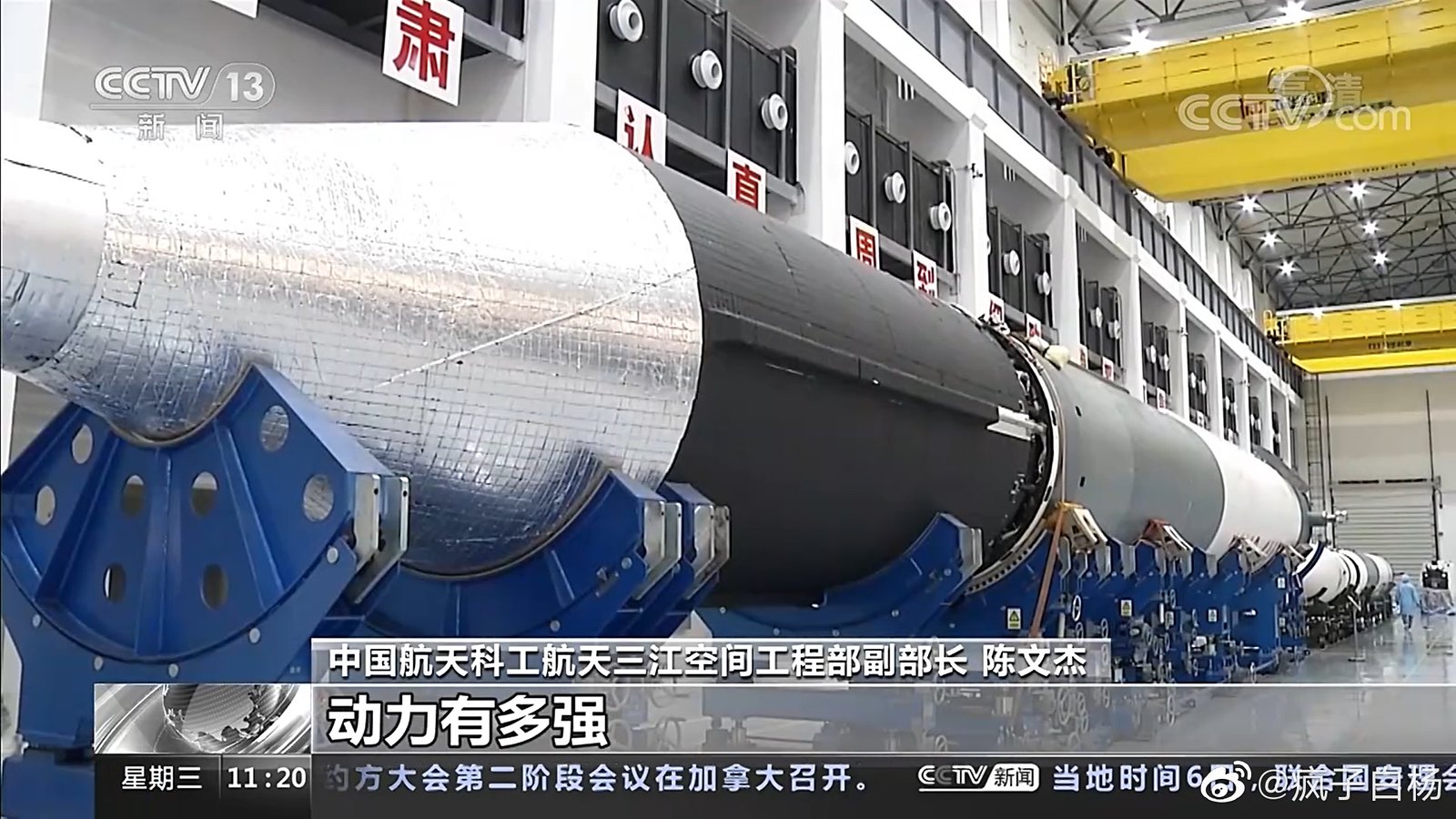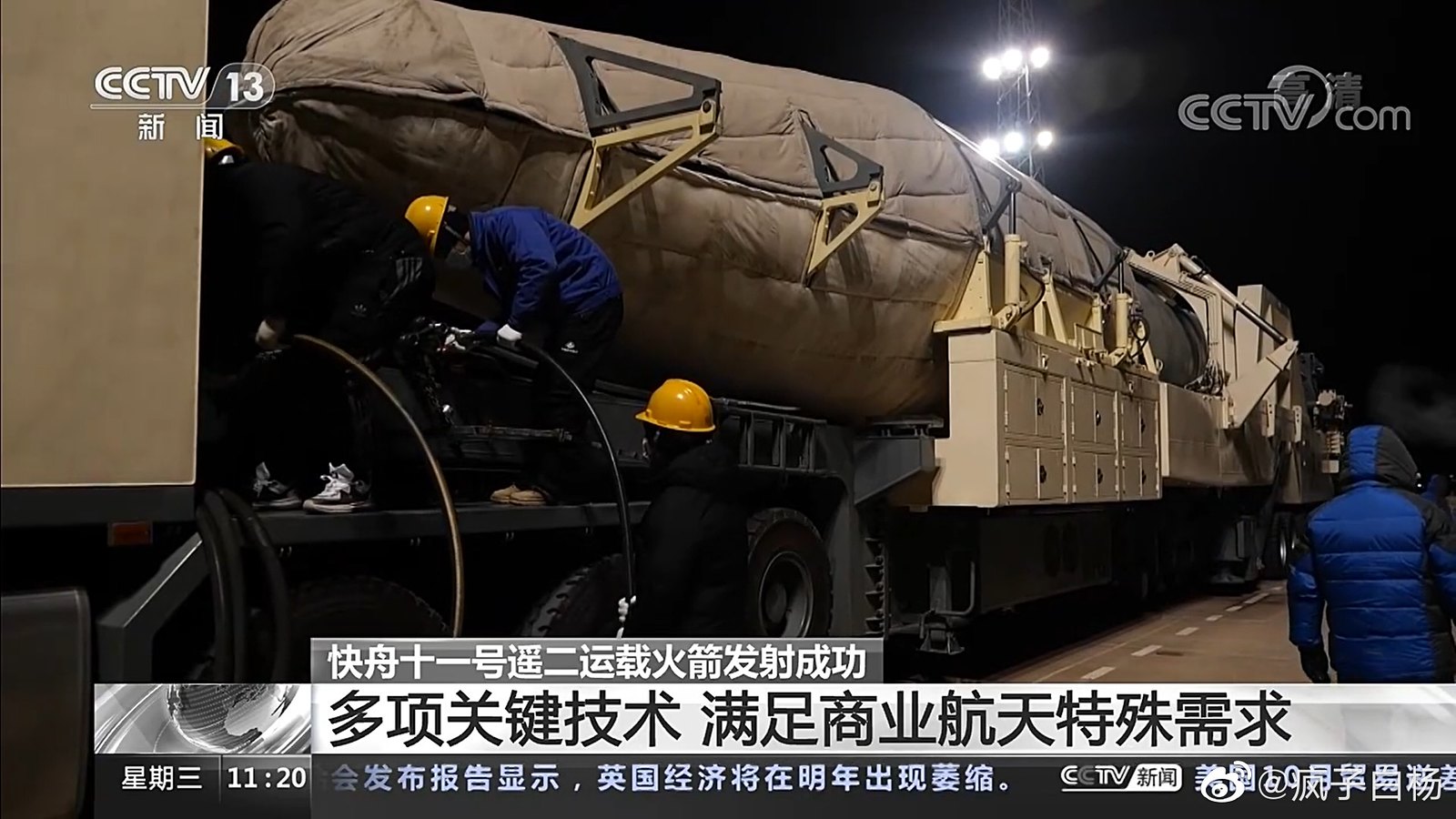You are using an out of date browser. It may not display this or other websites correctly.
You should upgrade or use an alternative browser.
You should upgrade or use an alternative browser.
China's Space Program Thread II
- Thread starter Blitzo
- Start date
by78
General
An interesting academic paper on setting up a lunar base inside , and using karst caves in Chongqing to study the feasibility of this idea. The full paper (in English) is linked below.




Abstract:
Developing efficient approaches to building a suitable environment for humans on the moon play a key role in future long-term sustainable lunar exploration activities, which has motivated many countries to propose diverse plans to build a lunar base. The lava tubes discovered by the Kaguya mission offer huge potential sites to host such bases. Through computation and analysis, we show that lunar lava tubes offer stable structures, suitable temperatures, low radiation doses, and low meteorite impact rates. We summarize previous research results and put forward the conditions to find and use a suitable lunar lava tube for human habitation on the moon. The establishment of extraterrestrial bases still faces many technical bottlenecks; many countries have begun to use the earth’s environment for extraterrestrial exploration and simulation missions. In this regard, we proposed the idea of using the Earth’s karst caves to simulate extraterrestrial lava tubes, selected caves in Chongqing as the simulation site, and demonstrated the feasibility from both structural and environmental aspects. Finally, we proposed a karst cave simulation platform with three main research directions: cave sealing technology, efficient daylight system, and internal circulation research of artificial ecosystems containing natural soil and rock. We hope to promote the development of related research on extraterrestrial bases through simulation experiments.




by78
General
High-resolution images from the KZ-11 launch that sent a VDES test satellite into orbit. The satellite will be used to verify key technologies of a VDES (VHF Data Exchange System) communications system.
The KZ-11 is 25m in length, 2.2m in diameter, with a take-off weight of 78 tons. It's capable of launching ≥1 ton payload to Sun-synchronous orbit. The main structure of the rocket body is made of carbon fiber composites.





The KZ-11 is 25m in length, 2.2m in diameter, with a take-off weight of 78 tons. It's capable of launching ≥1 ton payload to Sun-synchronous orbit. The main structure of the rocket body is made of carbon fiber composites.





It is delayed to 14th Dec.Landspace's Zhuque2 will perform it's maiden launch on 10th Dec. which means ZQ2 can probably be the first orbital methane powered rocket in the world
Here is the NOTAM:
A TEMPORARY DANGER AREA ESTABLISHED BOUNDED BY:
N3359E09828-N3437E09840-N3442E09814-N3404E09802 BACK TO START.
VERTICAL LIMITS:SFC-UNL. SFC - UNL, 10 DEC 08:22 2022 UNTIL 10 DEC 10:44 2022.
CREATED: 05 DEC 08:
New solid-fuel carrier rocket launched
By Zhao Lei | China Daily | Updated: 2022-12-08 09:08

After years of development, Kuaizhou 11 lifts experimental satellite into orbit
Kuaizhou 11, the newest carrier rocket model developed by China Aerospace Science and Industry Corp, completed its first successful flight on Wednesday morning, lifting an experimental satellite into space, according to the company.
The rocket blasted off at 9:15 am from the Jiuquan Satellite Launch Center in northwestern China's Gobi Desert and soon deployed the Xingyun Transport VDES Experimental Satellite, which is tasked with demonstrating very-high-frequency data exchange system technology, into its preset orbit, said CASIC, one of the nation's major space contractors.
The Kuaizhou 11 is 25 meters tall and has a diameter of 2.2 meters. With a liftoff weight of 78 metric tons, the rocket is able to place a 1-ton payload into a sun-synchronous orbit at an altitude of 700 kilometers, or a 1.5-ton spacecraft into a typical low-Earth orbit, according to Liang Jiqiu, the rocket's chief designer.
"The Kuaizhou 11 has world-class capability and technology. It can be manufactured on a large scale and can be used at short notice. It will help satellite companies establish their space-based networks within a short period of time," he said.
The carrying capacity of the Kuaizhou 11 is five times that of its predecessor — the Kuaizhou 1A, Liang noted.
The research and development of the Kuaizhou 11 began in 2015 at China Space Sanjiang Group in Hubei province, a CASIC subsidiary specializing in solid-fuel rockets.
Designers planned for its maiden flight in 2017 but the schedule has been repeatedly postponed due to unexpected technical difficulties, the company explained.
The biggest obstacle was the rocket's liquid-propellant, position-control propulsion system, for which designers wanted to develop a new type to replace the one offered by suppliers. Engineers spent five years designing and testing the component and resorted to 3D printing technology, and finally solved the problem in December 2019.
The model's first flight took place in July 2020 at the Jiuquan center but failed due to technical abnormalities during its flight.
CASIC started developing the Kuaizhou series in 2009 as a low-cost, quick-response product for the commercial space market. The Kuaizhou is the largest solid-propellant rocket family in China, as opposed to the Long March series that mainly relies on liquid fuel.




















